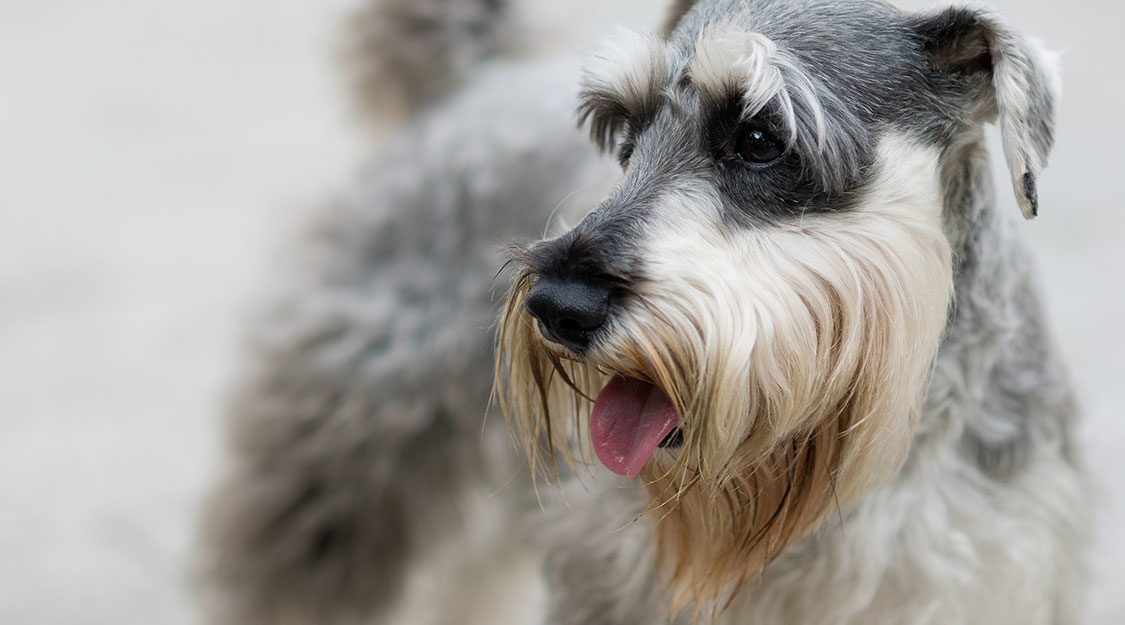Use the right body language so your dog understands
Dogs are highly intelligent creatures and many pet owners do not give them enough credit when it comes to the way they can read and understand our body language. Some people have no idea that the body language that we display has a major impact on how well a dog will listen to us and obey our commands. Using the correct form of body language can also quickly stop your dog from displaying an improper behavior.
Let’s use a very common example, such as the overexcited dog who likes to jump on every guest that comes to your door. We all go through this with our puppy or adult dog at some point in time. As soon as the guests arrive your dog is overwhelmed with happiness and excitement about who is at the door and whether or not they are going to play with him.
Do they have dog treats? What do they smell like? Do they want to play? How about I just jump all over them and see? This is exactly what your dog is thinking if we were to decipher his emotional behavior.
And meanwhile, you are giving every command possible to get your dog to stop being so excited and jumping on everyone. You try shouting but it only makes him more excited. You try giving harsh and loud “Off” commands but it’s not working. Eventually, you are so stressed with yelling and trying to pull your dog off that it turns into one big chaotic party.
And yes, the term “party” is a great way to explain it because to your dog you are just joining in on the fun and excitement that he is feeling. Can you see now how your body language and the way you are communicating with her voice comes across to your dog? You are only adding to the situation as opposed to changing our dog’s behavior.
Communicate better with your dog by using the following body language tips
In the above example of the overexcited dog who can’t seem to stop jumping all over the house guests, you understand now that your body language and excitability only made your dog feel more enthused about what it is he was doing. Therefore, you must take a different approach to the situation, regardless of what action you are trying to communicate with your dog. Below are a few basic body language tips that you can use.
1. When you’re angry at your puppy or adult dog, do not chase him around the house. You may be upset with them, but to your puppy, he thinks you’re playing a game and he will run around forever.
2. When you give your dog a command, display a very bold and upright body position. Stand up, chest forward, and head back. Your dog will have more respect and a slight bit of intimidation, which can help with training him.
3. If your dog is extremely excited then do not add to the problem by getting feisty. Instead, move slowly and talk in a soothing tone of voice. Display the same behavior you wish him to use. Doing so will calm him down and it will be much easier to change his behavior.
